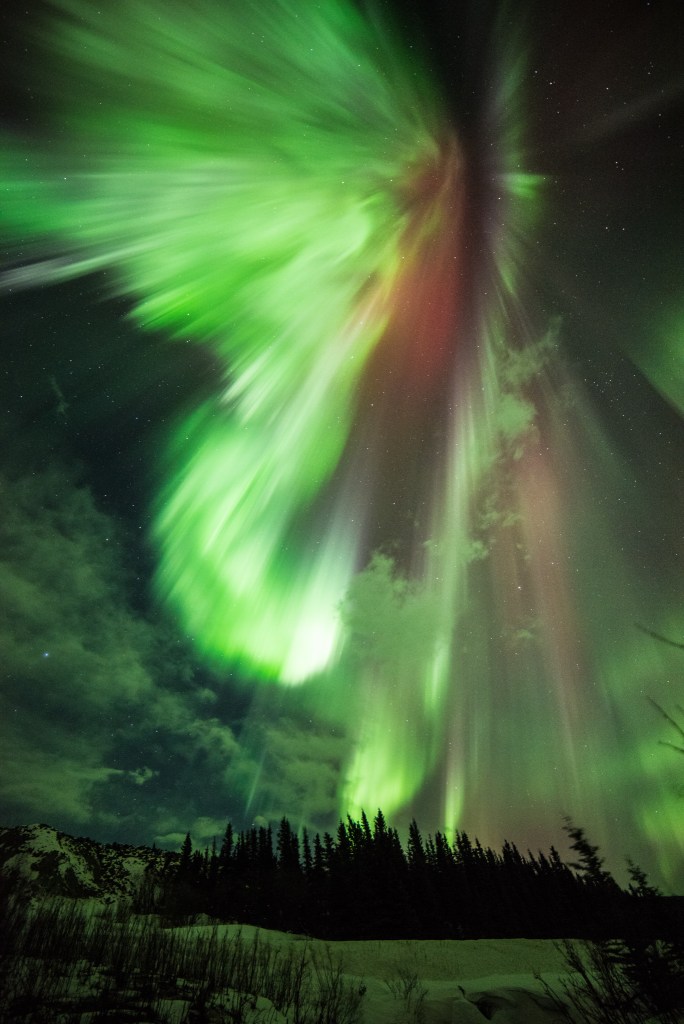Week of September 26 – September 30
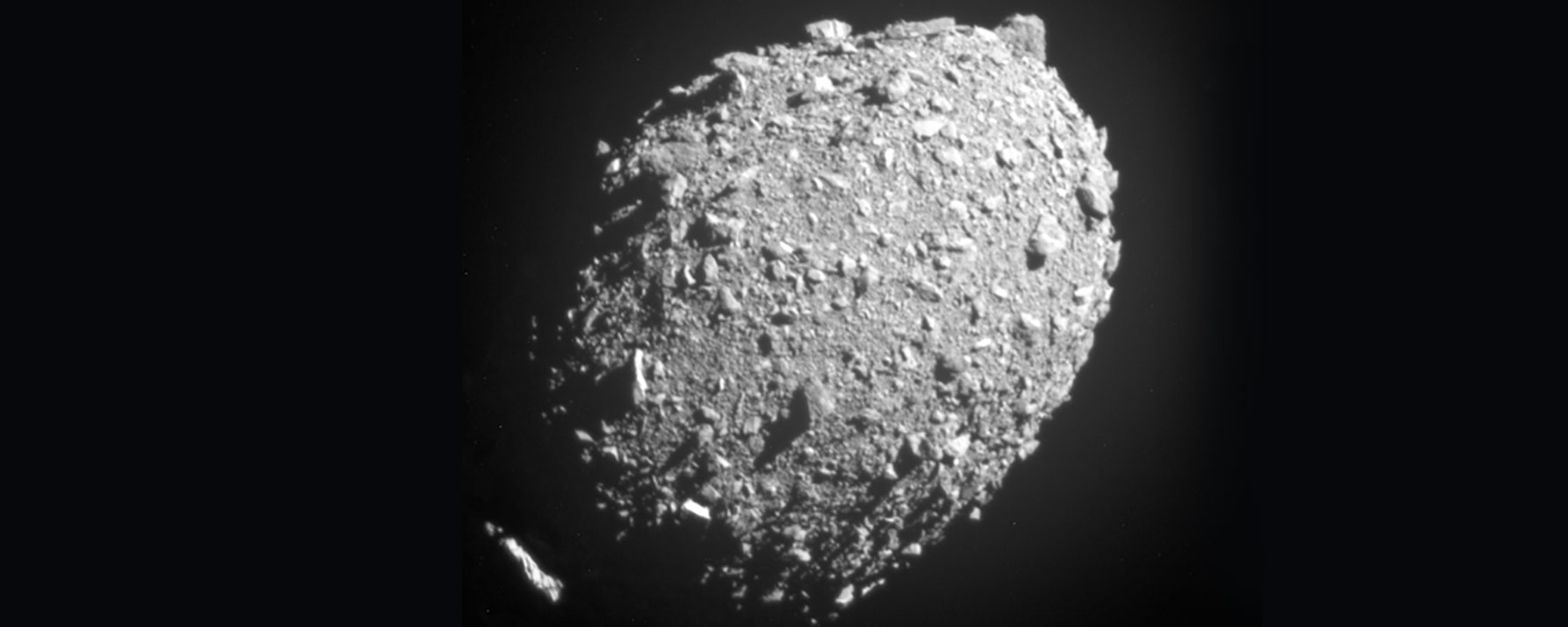
DART’s Final Images Prior to Impact
After 10 months flying in space, NASA’s Double Asteroid Redirection Test (DART) – the world’s first planetary defense technology demonstration – successfully impacted its asteroid target Dimorphos on Sept. 26. During the spacecraft’s final moments before impact, its imager took four images capturing its terminal approach as Dimorphos increasingly fills the field of view.
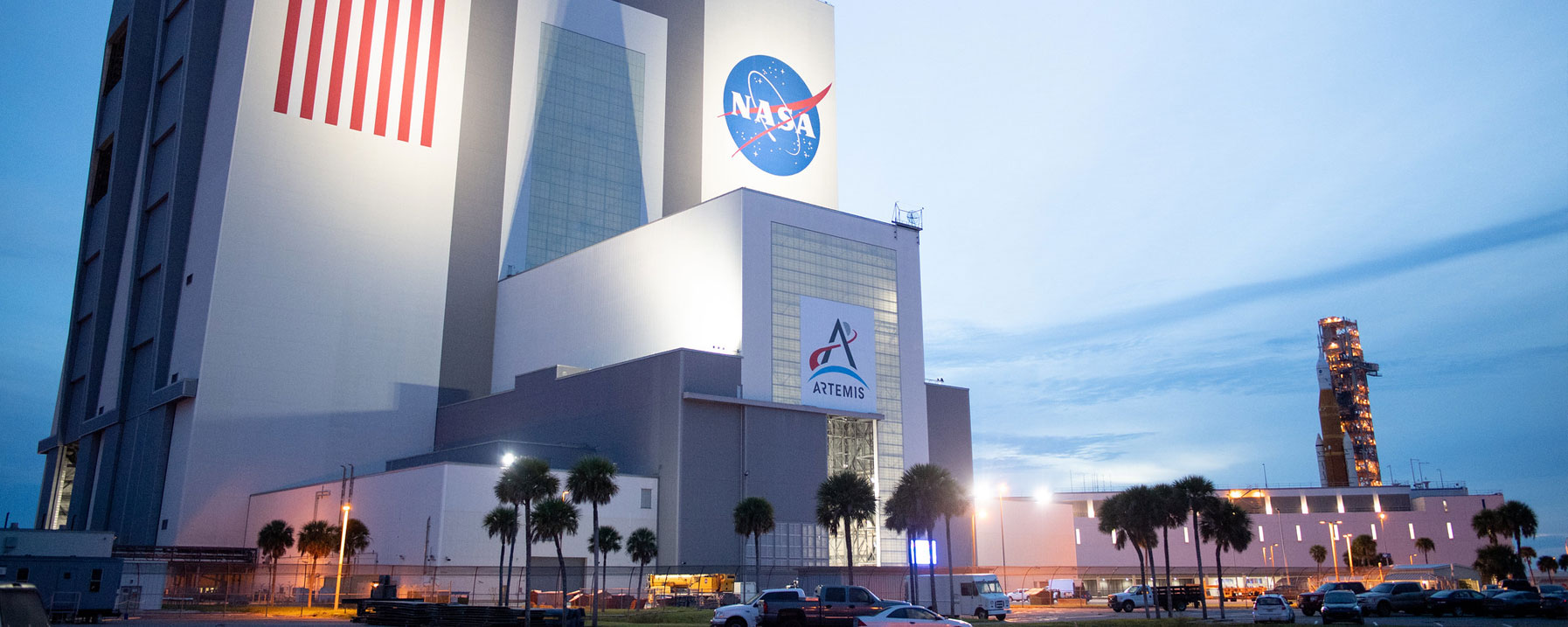
NASA’s Moon Rocket and Spacecraft Arrive at Vehicle Assembly Building
On Sept. 27, NASA’s Space Launch System (SLS) rocket and Orion spacecraft for the Artemis I mission were secured inside the Vehicle Assembly Building at the agency’s Kennedy Space Center after a 4-mile journey from Launch Pad 39B that began at Sept. 26 ahead of the arrival of Hurricane Ian.
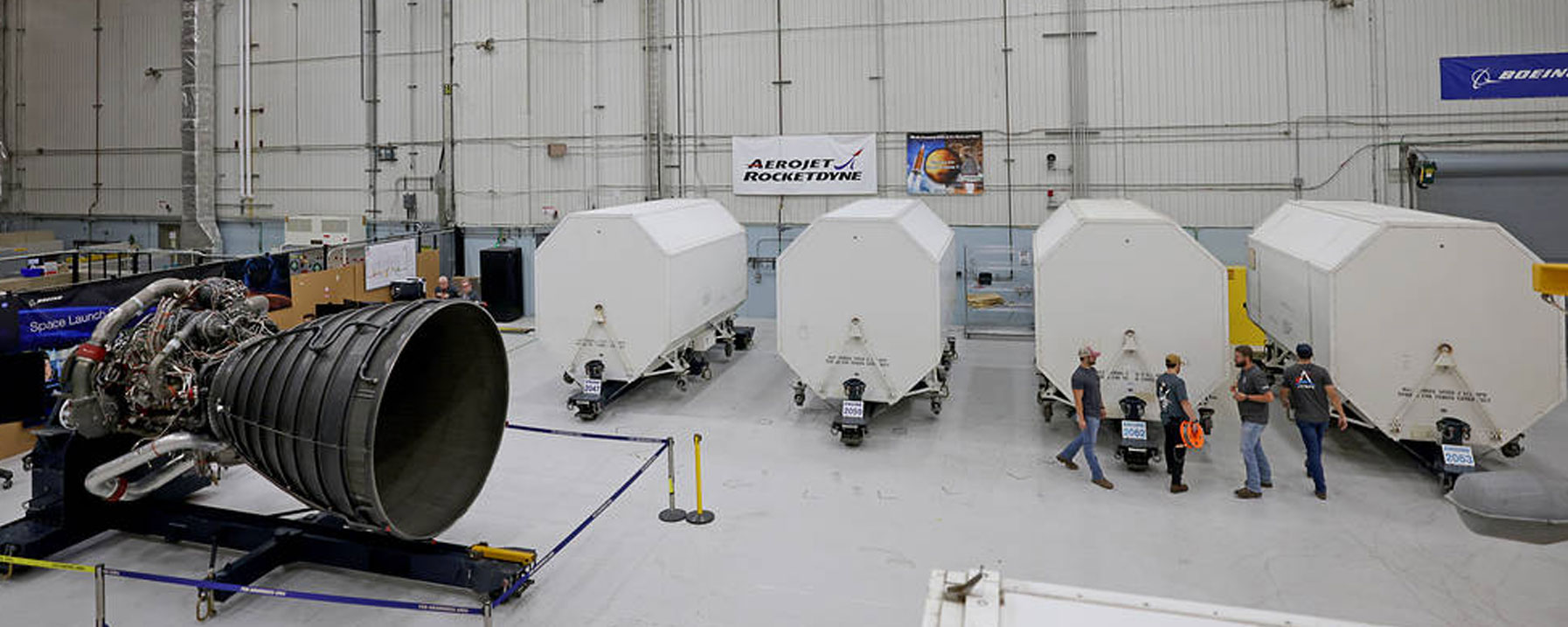
Artemis II Rocket Engines Arrive at NASA’s Michoud Assembly Facility
Teams have delivered the four RS-25 engines that will help power Artemis II, the first crewed mission of NASA’s Artemis missions and second flight of the Space Launch System (SLS) rocket, to NASA’s Michoud Assembly Facility in New Orleans. Later this fall, the engines will be installed into the Artemis II core stage, which is in the final phase of assembly at Michoud where it was manufactured.
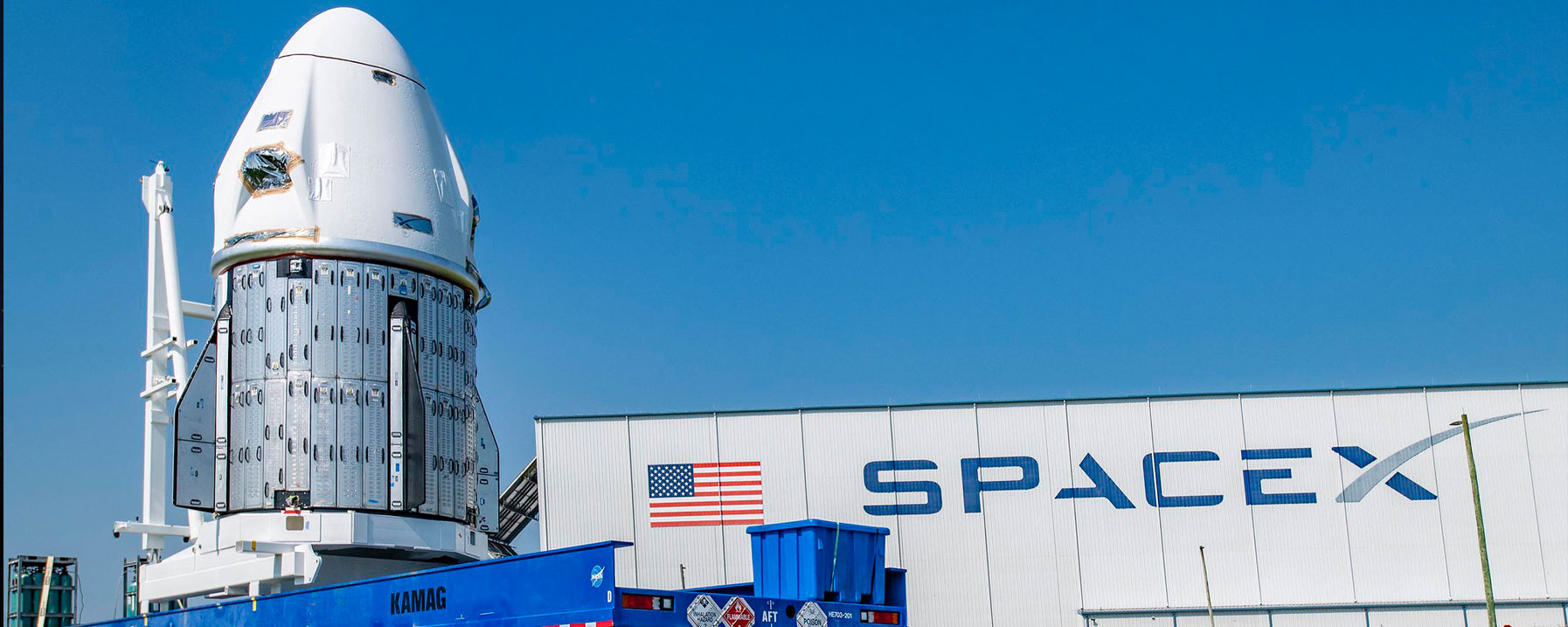
NASA Shifts Crew-5 Launch Date Due to Hurricane Ian
NASA and SpaceX are targeting no earlier than 11 a.m. CDT Wednesday, Oct. 5, for the launch of the agency’s Crew-5 mission to the International Space Station with a U.S. Eastern Range backup date on Oct. 7. Mission teams continue to monitor the impacts of Hurricane Ian on the Space Coast and NASA’s Kennedy Space Center in Florida and could adjust the launch date again, as necessary.
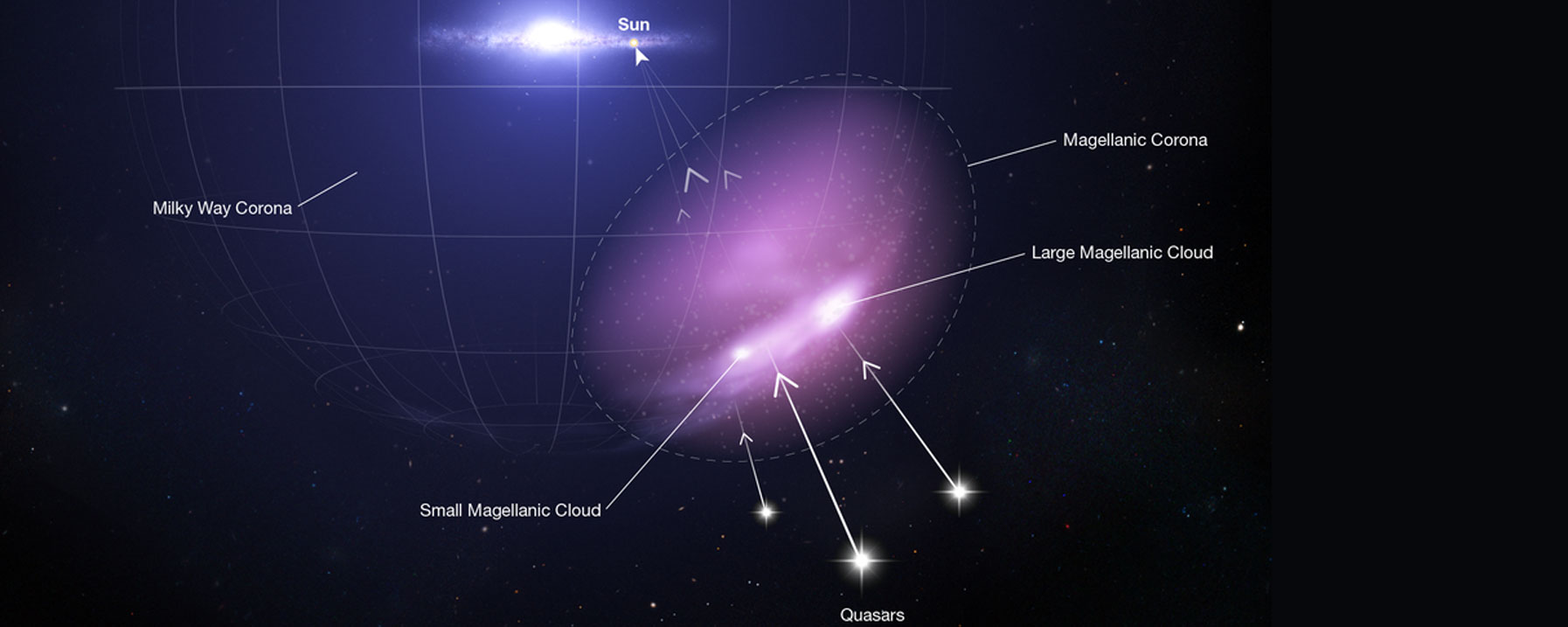
Hubble Detects Protective Shield Defending a Pair of Dwarf Galaxies
For billions of years, the Milky Way’s largest satellite galaxies – the Large and Small Magellanic Clouds – have followed a perilous journey. Orbiting one another as they are pulled in toward our home galaxy, they have begun to unravel, leaving behind trails of gaseous debris. And yet – to the puzzlement of astronomers – these dwarf galaxies remain intact, with ongoing vigorous star formation.
For more information or to learn about other happenings at NASA’s Marshall Space Flight Center, visit NASA Marshall. For past issues of the ICYMI newsletter, click here.



















